
Apply to a foreign university with confidence
- Properly fulfilled documents
- Perfect motivation letter
- Support from a personal mentor
- Offers from several universities
Article score: 5 out of 5 (5 reviews)
Read about language courses in Sweden: what you need to know about admission, how much it costs, and how to get a visa.
Free consultation

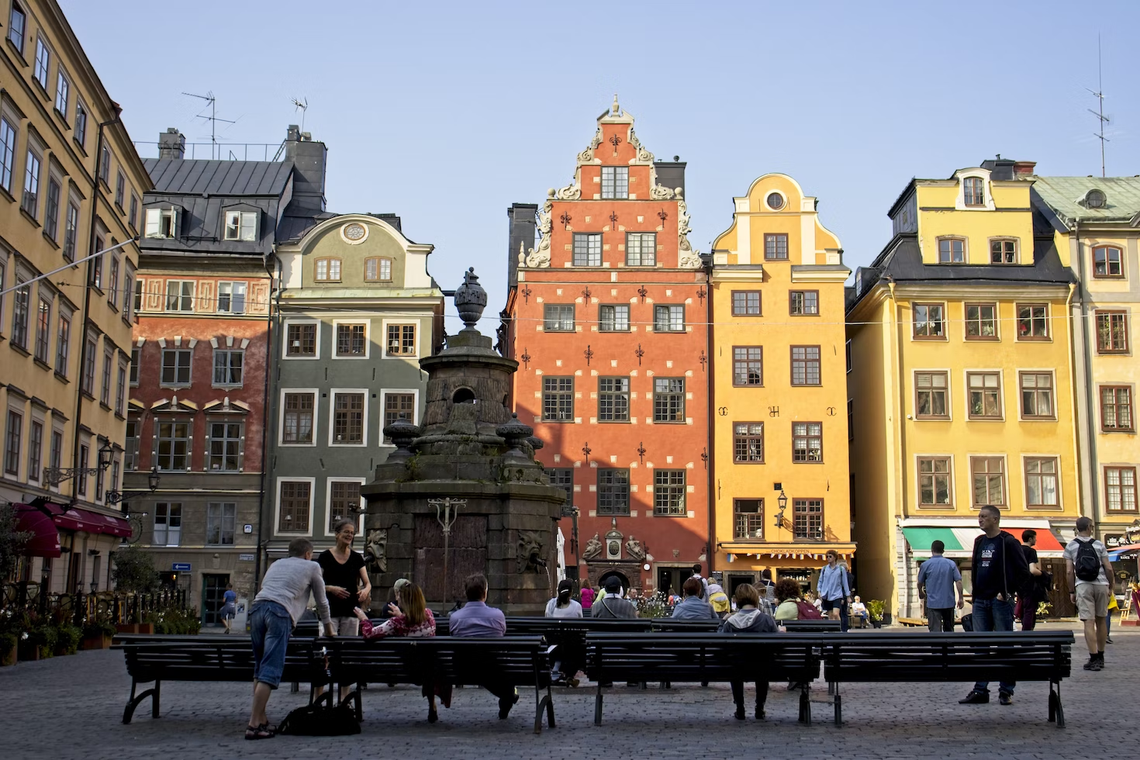
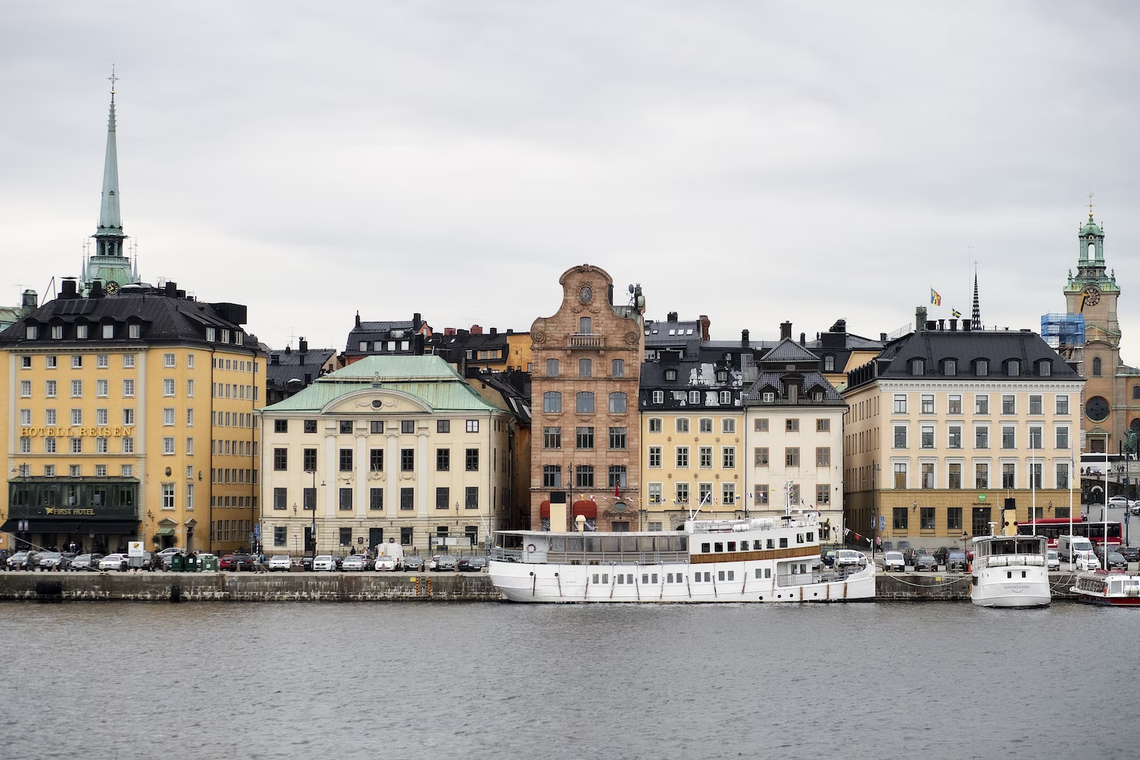

Language courses in Sweden are not popular among foreigners — mainly those who plan to pursue higher education in the country study Swedish. That is why Swedish universities offer long-term preparatory programs aimed at a complete immersion in the new language and cultural environment. On the contrary, language schools are not common and only offer short-term evening courses.
| University | Program | Duration | Tuition fees | Cities | Residence/month |
|---|---|---|---|---|---|
| Linköping University | Qualifying Course in Swedish | 1-2 semesters | 5,573 USD/semester | Linköping | - |
| Lund University | Swedish as a Foreign Language — Levels 1-4 | 1 semester | 5,573 USD/semester | Lund | 365-527 USD |
| Swedish as a Foreign Language — Levels 1-8 | 1 year | 11,147 USD/year | |||
| Stockholm University | Svenska som främmande språk | 1 semester | 4,560 USD/semester | Stockholm | - |
| Behörighetsgivande kurs i svenska | 1 semester | 4,560 USD/semester | |||
| Linnaeus University | Basic Swedish | 1 semester | 5,573 USD/semester | Växjö, Kalmar | 355-456 USD |
| Intermediate Swedish | 1 semester | 5,573 USD/semester | |||
| Qualifying Course | 1 semester | 5,573 USD/semester | |||
| Beginner's Course 1-4 | 3 months | 1,393 USD/3 months |
When applying for a language course, a lot of time is spent searching for information and clarifying the nuances of programs and accommodation options in Sweden.
UniPage cooperates only with accredited language schools, which, in addition to quality education and comfortable accommodation, provide our clients with discounts on courses. Our experts will tell you in detail what programs are available at Swedish schools and universities, help you fill out an application, and ultimately save your time.
| Type of program | Intensity | Group | Min. language requirements | Avg. cost per week |
|---|---|---|---|---|
| General / Level Courses | 8-15 | 10-12 | Beginner | 162 USD |
| General / Level Courses | 30-40 | 10-12 | Beginner | 5,573 USD/semester |
| Preparatory / Qualifying Courses / Swedish for Academics | 30-40 | 10-12 | Beginner or Intermediate | 4,560 USD/semester |
| Summer Courses | 25-30 | 10-15 | Beginner | 1,561 USD/2 weeks |
| Live and Study in Your Teacher's Home | 10-30 | 1 | Beginner | 2,260 USD |
| Individual lessons | Individual | 1 | Beginner | 66 USD |
General / Level Courses — these are courses by language level. Different names exist for such programs, such as Swedish A1-C2 or Basic / Intermediate Swedish. In the classroom, students learn to read, write, understand speech, develop conversational skills, and practice vocabulary and grammar. These courses are available both at universities and language schools. At universities, they are often offered before preparatory courses for higher education in Sweden.
Preparatory / Qualifying Courses / Swedish for Academics — preparatory courses for studying at a university. Students write essays, read scientific articles, learn to defend their point of view, and make presentations. These courses last 1-2 semesters.
Summer Courses — students combine active recreation with language learning. Typically, the cost of such programs includes accommodation, meals, lessons, and entertainment: excursions, sports, movie nights, and concerts.
Live and Study in Your Teacher's Home — as part of this program, students live and study in their teacher's home, have meals together, and attend various city events. Such an immersion in the language environment calls for a rapid grasp of Swedish.
In Sweden, general and preparatory courses at universities are most common. They are focused on university applicants — upon completion of the language course, graduates receive credits and can enter their chosen program without passing a language exam. Therefore, the selection process for both general and preparatory language programs is very competitive.
In order to enroll, students need to meet the minimum university requirements — a high school diploma, high GPA, and sometimes B1-B2 English proficiency[3]. The required level of Swedish depends on the university. Some universities, such as Stockholm or Gothenburg, do not accept students with an A1-A2 level. Lund University, along with the universities of Linneus and Linköping, offer courses for beginners.
Admission deadlines also depend on the university. Most intakes occur once per semester — autumn or spring. Some universities recruit students once per season — in the spring, autumn, winter, and summer. You can view available programs on the University Admissions website. Through this portal, students apply for Swedish bachelor’s, master’s, and preparatory programs.
Admission process for university courses:
Admission to language schools and summer courses is easier. It is enough to pass a test that will determine your level of Swedish, complete the application form, and pay the tuition.
When paying for a course, pay attention to the refund policy — it varies from school to school. Some withhold only the registration fee, while for others, the amount depends on when exactly you cancel the application. For example, if you cancel a course a month before the start date, only the registration fee is withheld. If you cancel a week beforehand, you end up losing the full cost of the program. This is an important factor, as you may be denied a visa if you are going to study in the country for language courses or summer programs.
If you intend on taking a university language course, prepare for a full eight-hour work day — the intensity of classes is 30-40 hours a week. Thanks to this approach, students reach the required level of Swedish for university admission within a year. At the end of the course, they receive a certificate that can be used instead of a language exam. Such programs last at least one semester.
You can learn Swedish at language schools and educational organizations like Medborgarskolan and Folkuniversitetet. However, here you will mostly find short-term evening courses. They usually last 4-6 weeks.
Summer courses are the best option if you want to not only get to know the Swedish language and culture, but also have a good vacation. Students study the language in the morning and devote the afternoon to lectures on Swedish culture and history. In the evening, there are excursions, movie screenings, walks, and other activities.
| Accommodation options | Meals | Number of people per room | Avg. cost per month |
|---|---|---|---|
| Dormitory | None | 1-4 | 456 USD |
| Apartment | None | 1-2 | 679 USD |
| Hotel | Optional | 1-2 | 565 USD |
Despite the fact that some universities have dormitories, accommodation is not guaranteed. Please have an alternate accommodation option available upon admission.
| Expense | Avg. cost |
|---|---|
| Consular embassy fee | 90 USD |
| Registration fee | 91 USD |
| Study materials | 41 USD |
Additional expenses may include medical insurance, delivery of an invitation by express mail, and airport transfers. Specify additional costs on the school website.
| Service | Cost |
|---|---|
| Complete guidance in registering for courses — language schools abroad | 38,000 ₽ |
| Complete guidance in the admission process — university language courses | from 75,000 ₽ |
| Visa guidance | 69,000 ₽ |
To study in Sweden for courses lasting less than 3 months, you need an entry visa[4]. The term for consideration is about 15 days.
List of documents for a visa:
For long-term courses from 90 days, the student must obtain a residence permit. You must apply for it before leaving for Sweden, but not earlier than 4 months. The terms for issuing a residence permit depend on each specific case. You can check the approximate processing time on the migration agency website.
Residence permits are issued only to full-time students. That is, you must study 30-40 hours a week, and the content of the program must correspond to a minimum of 30 credits per semester.
List of documents:
Unlike other countries, there are no labor restrictions in Sweden. You can work as much as you want, so long as you have a residence permit. However, it is important to remember that your main task is to study — you are expected to devote 40 hours a week to studying.
Lund University is in the top 100 universities in the world according to the QS Ranking[5]. You can learn Swedish in Beginner's Courses (3 months) and Swedish as a Foreign Language 1-4 (semester) or 1-8 (year) programs. If you successfully complete Swedish as a Foreign Language 1-8, you will receive a grade transcript, a certificate, and the opportunity to enter a university without taking a language exam.
For a year of study, you can earn 60 credits that are counted towards admission.
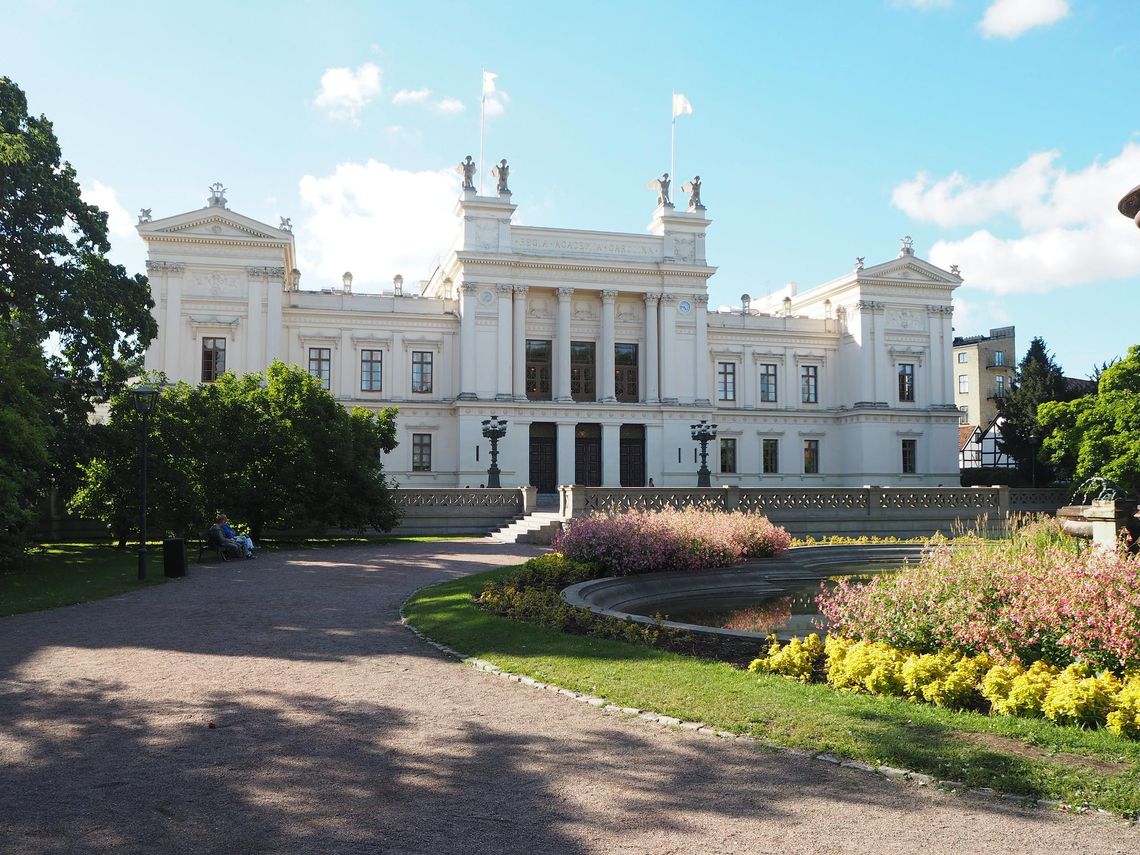
Stockholm University offers a preparatory program that is divided into two semester courses.
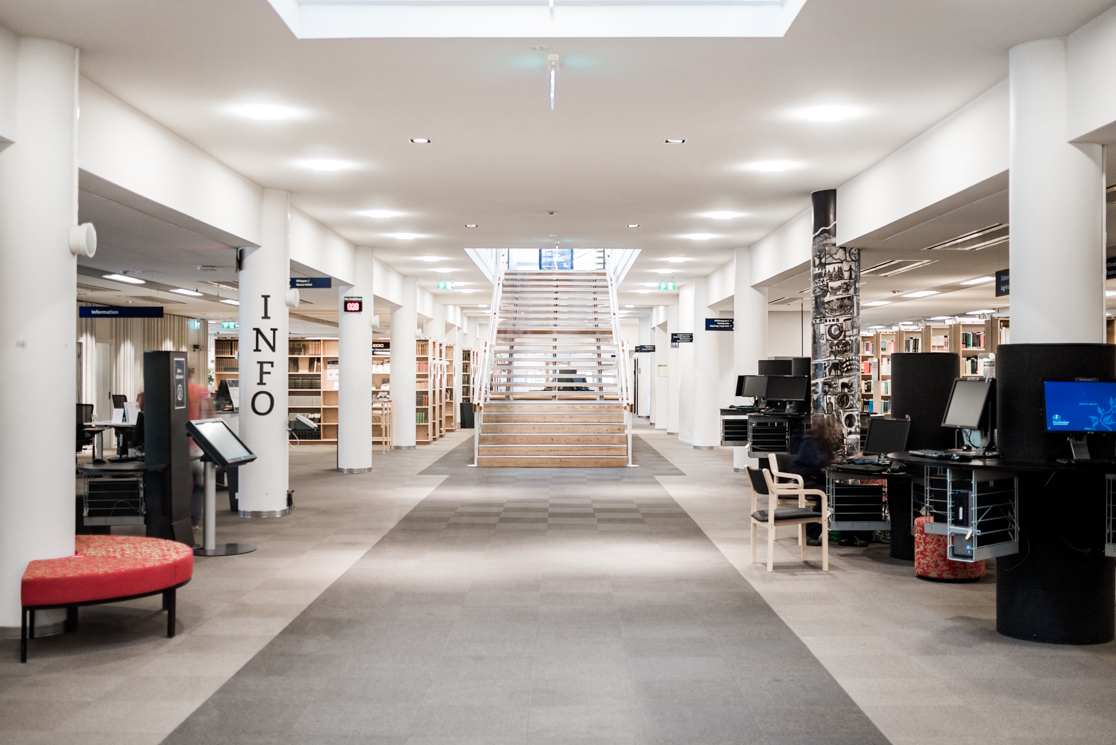
| Len | Stockholm |
| Population | 1515017 |
| Monthly expenses (excluding rent) | 967 USD |


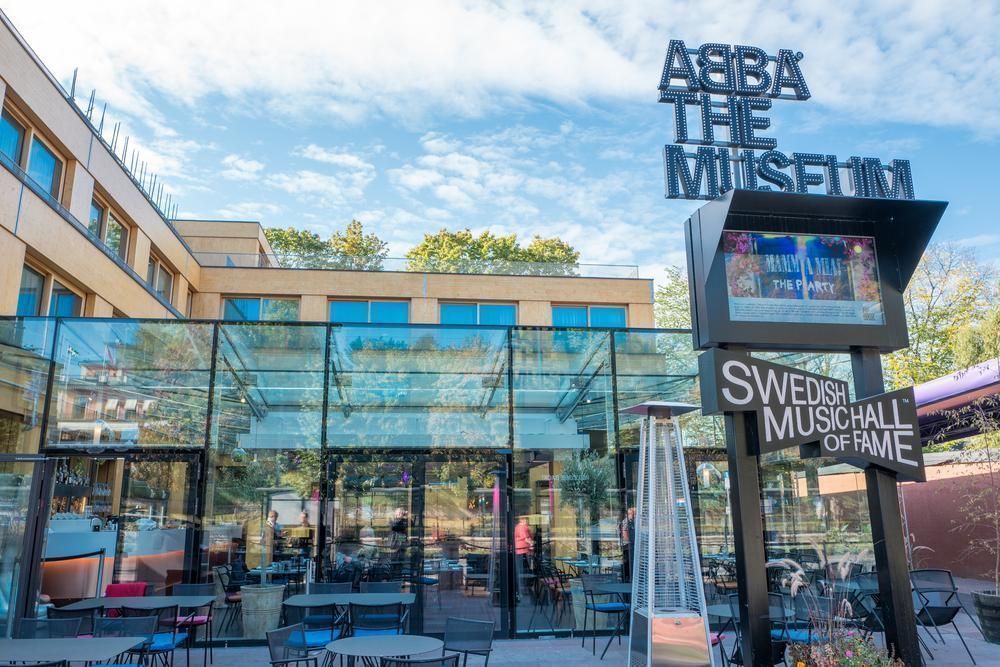
| Len | Västra Götaland |
| Population | 572799 |
| Monthly expenses (excluding rent) | 875 USD |



| Len | Skåne |
| Population | 301706 |
| Monthly expenses (excluding rent) | 866 USD |

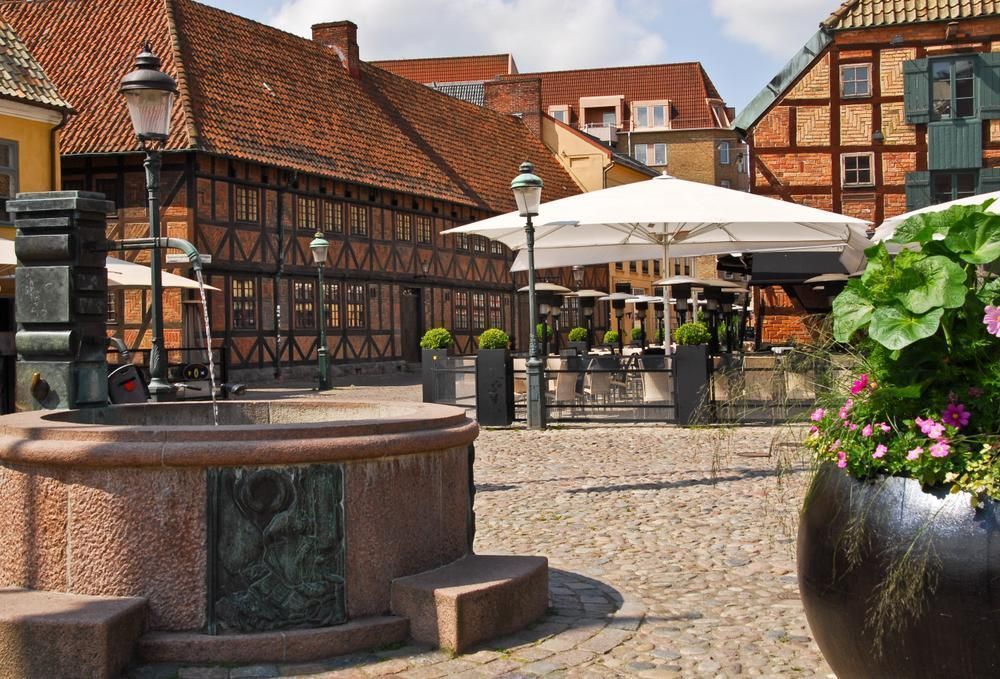
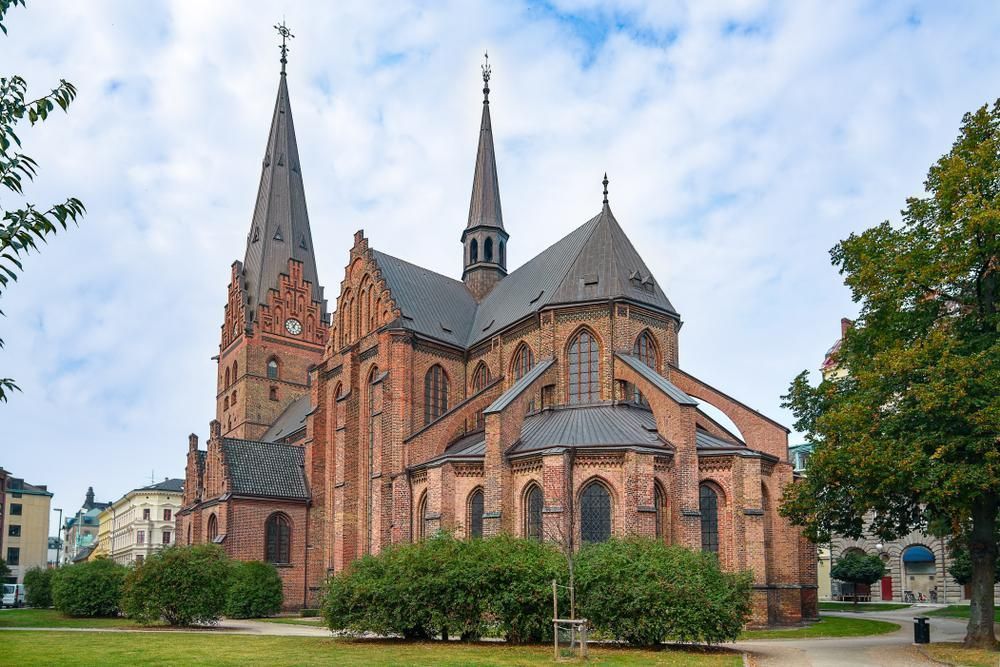
60+ countries
we work with
$1,000,000 saved
by students through scholarships
6,400 offers
our students got